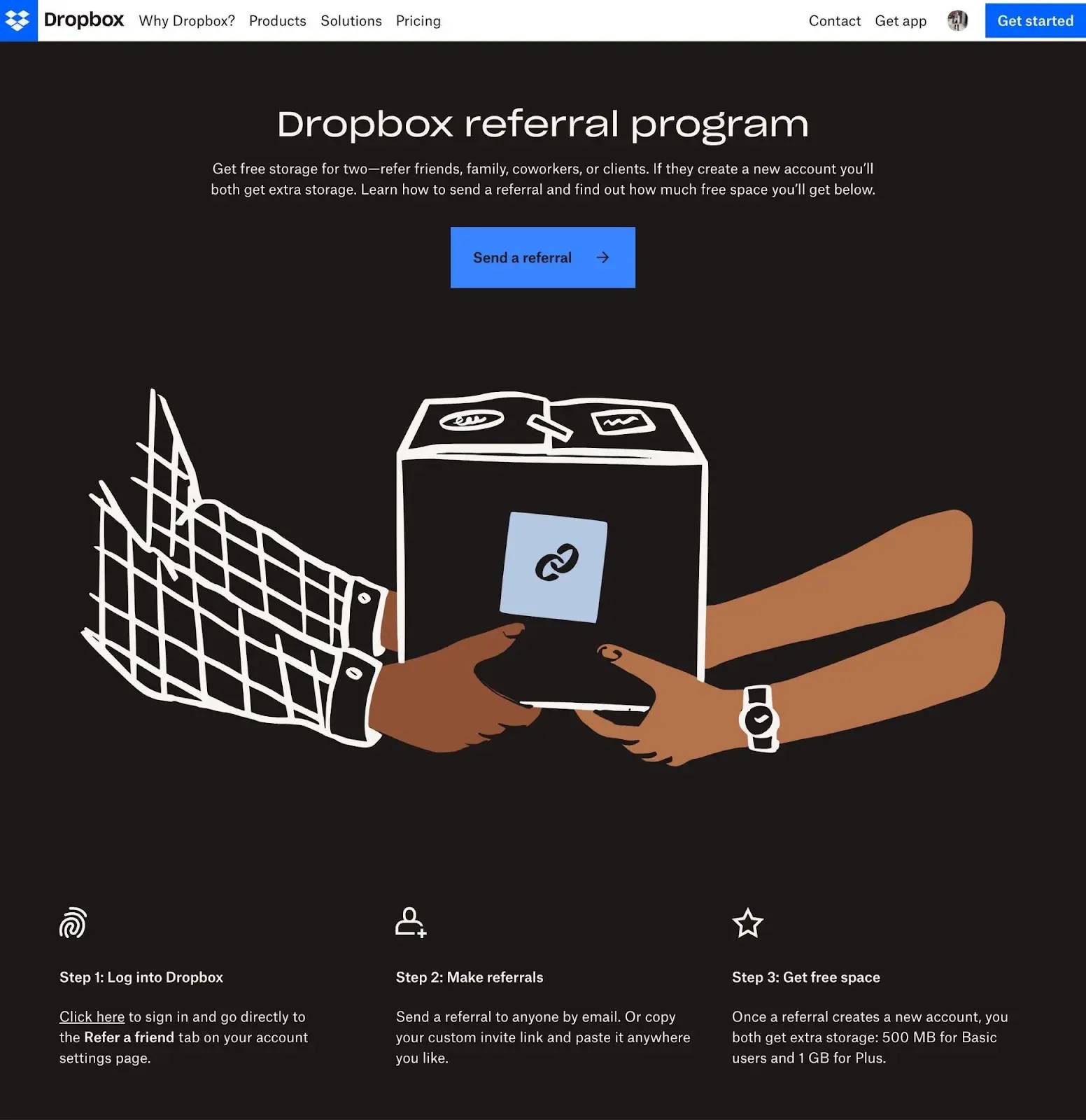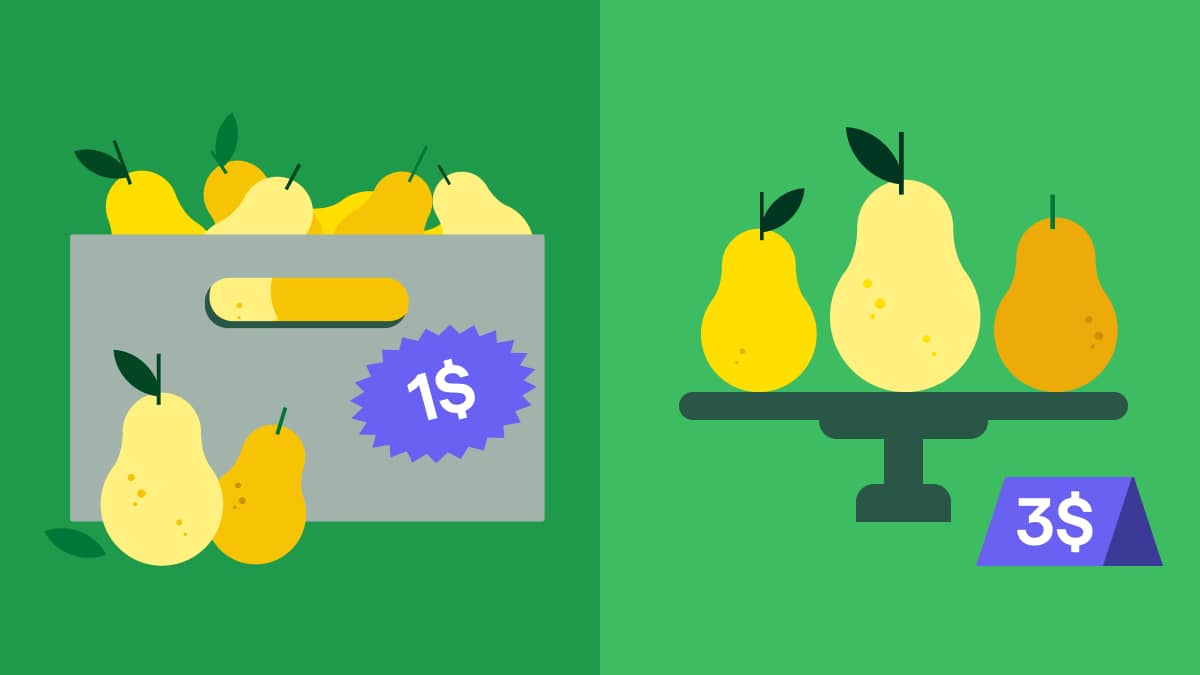Bigger, stronger, faster: Today, companies must focus on growth to stay ahead of the competition and keep profits high. For this reason, growth hacking is often a top priority for marketing managers and entrepreneurs.
In this article, you’ll learn growth hacking strategies, techniques and examples to strengthen business growth.
What is growth hacking? Definition and tasks
Growth hacking is a type of growth marketing focused on rapid success. It uses low-cost strategies and experimental, data-driven processes to increase conversions, customer acquisition and customer retention.
Marketing strategy expert Sean Ellis introduced the concept of growth hacking in his book of the same name. According to Ellis, the central tasks that a growth hacker undertakes within an organization are:
Acquisition of new customers (onboarding process)
Activation of prospects
Retention of existing customers
Monetization through active sales
Advancing brand awareness and recommendations
Growth hacking techniques often start with digital marketing but don’t end there. These fast-moving testing and iteration cycles affect the whole company, including sales, product management, human resources and customer service.
Ideally, this data-driven decision-making process helps all departments innovate while saving money. Moreover, growth hacking suits companies of all sizes (corporations, medium-sized companies and startups) and industries (from SaaS to consumer).
Prepare for successful growth hacking
Growth hacking requires an agile, customer-oriented approach. However, you must gather the right information to ensure you’re adding value to the customer journey. These methods can get you started:
Target group analysis – Create a precise, in-depth definition of the buyer persona so you know how to attract your target audience
Data collection – Know which key performance indicators (KPIs) you’re going to track to keep your approach data-driven
Product-market fit – Offer added value to the target group to ensure customer satisfaction
Recommendation systems – Solicit feedback from customers and offer incentives to customers who make good suggestions (e.g., a gift card or special pricing options)
Personnel – Motivate employees to share their thoughts and drive the strategy forward
Use what you learn from this process to build out step-by-step strategies.
Growth hacking strategies
Once you’ve gathered information, choose which strategies make the most sense. These tried-and-true marketing tactics help you drive rapid growth with low time and resource investment:
1. Content marketing: Blog posts and articles that speak to buyer challenges improve visibility, increase audience engagement and enhance brand reputation. Relevant content also ranks higher on search engine results pages (SERPs), bringing more traffic to your website.
2. Referral marketing: Offer rewards to existing customers when they recommend products or services to their family or friends. Incentivizing buyers with discounts or free products turns them into brand advocates and attracts new customers.
3. Social media marketing: Promote your brand or service on Facebook, Instagram or LinkedIn, allowing potential customers to connect with you and discover your products.
4. A/B testing: Compare two versions of a marketing asset (e.g., an email, ad or homepage) to see which performs better. Experimenting this way helps you see which language and formatting get the most engagement.
5. Search engine optimization (SEO): Make your website more attractive to search engines like Google by targeting specific keywords and optimizing your site. High-quality, product-led content that addresses customer pain points will set you apart.
6. Newsletter marketing: Send relevant content and promotions to subscribers regularly. These personalized offers help you build trust and brand awareness with your audience while generating leads.
7. Influencer marketing: Collaborate with bloggers, journalists and other credible sources with sizable followings in your field. Cultivate relationships with them to promote word-of-mouth marketing.
8. Email marketing: Engage with leads who opt in to receive your promotions to create a new customer base. Run email campaigns with your list with offers and calls to action (CTA) to help them move through the customer journey.
Heat up your cold emails with 25 customizable email templates
9. Podcasts: Appearing on a podcast is a great way to introduce people to your brand and stand out from competitors by carving out a niche. Help listeners become leads by explaining why your product is the right solution for them.
Each of these tools can be used as a short-term experiment to get quick results and learn what works best for growing your business. Let’s look at real-world examples to see how companies apply these strategies.
7 compelling growth hacking examples
These examples of strategies in action offer insights into best practices for helping your B2B company grow using traditional marketing channels:
1. Salesloft’s blog and online magazine
A search engine-optimized blog can increase page views and conversions while strengthening your position as an industry thought leader. This method is equally suitable for B2C and B2B companies.
For example, Salesloft’s (formerly Drift’s) blog frequently covers topics like lead generation, sales chatbots and aligning marketing with sales teams. Other recent content includes case studies and explainers on sales enablement.

Each content marketing post discusses something relevant to Salesloft’s audience and attracts readers who would benefit from its product. Your company’s blog can do the same.
2. Unbounce’s content assets
White papers, webinars, tutorials, e-books and case studies are all opportunities to offer customers and clients free added value and accompany them further along the customer journey.
Unbounce, for instance, uses e-books to advance lead generation and growth. Its e-book on attention-driven design shows users how to design more persuasive landing pages.

While your company’s tone may differ, the value of an attention-grabbing content hook is universal.
3. Airbnb and Dropbox’s referral programs
Attractive referral programs that offer customers a benefit for making a recommendation are an ideal growth hacking method.
This strategy works for both B2C and B2B companies. For example, Airbnb has a simple but effective referral program that gives the referrer and the new user travel credit.
Similarly, Dropbox offers free storage for two when a user refers family, friends, coworkers or clients.

Referral programs are an easy growth hacking strategy for turning existing clients into ambassadors and getting more exposure quickly.
4. Red Bull and GoPro’s partner marketing
Collaborating with other companies allows you to pool expertise, generate greater interest among the target audience and benefit from the more extensive combined reach.
For example, Red Bull and GoPro have collaborated on marketing campaigns and event sponsorships since 2016. The partnership increases brand awareness, elevates content and reinforces both brands as leaders in the action sports and adventure lifestyle market.

Look for partner companies that can help with your growth marketing efforts. Don’t be afraid to think outside the box – Red Bull and GoPro prove disparate companies can work well together.
5. Gymshark’s influencer marketing
Influencer marketing helps expand reach rapidly in both the B2B and B2C sectors.
Gymshark, for example, focuses on influencer marketing within the fitness industry. It partners with athletes and fitness enthusiasts, from mega-influencers to micro-influencers, to promote its apparel. This strategy has played a significant role in the company’s rapid growth.

Connect with popular figures in your industry and collaborate on projects like sponsored content.
6. Apple’s unique selling proposition
Developing and communicating your unique selling proposition (USP) is vital to growth hacking. Many companies adopt a USP while creating their marketing strategy, but don’t push it forward enough to differentiate themselves from the competition.
For instance, Apple’s closed software system sets it apart from other hardware providers. This distinctive user experience is central to Apple’s USP.

Your company might not have the reach of one of the biggest tech brands in the world, but you can still set yourself apart. Once you determine what separates you from other companies in your sector, take that difference and run with it.
7. Calendly’s automations
Automation processes make work easier for companies and users. Simplifying tedious manual tasks saves people time, which is always welcome.
Calendly, for example, is a scheduling automation software that helps eliminate back-and-forth emails when finding meeting times. The tool lets marketing teams, recruiters, customer service reps and individuals book appointments independently.

Note your target audience’s needs (no matter how niche) and see how you can address them or streamline solutions with automations.
Final thoughts
Teams of any size can apply growth hacking tactics to boost metrics and improve conversion rates.
Leveraging these strategies will help you grow quickly while meeting customer needs and strengthening your market position.
Growth hacking provides a rapid and sustainable business model. Use the ideas in this piece to get started today.






